While there are various ways to advocate for the protection of endangered species and their environments, one powerful tool that has emerged in recent years is photography.
The impact of wildlife photography cannot be overstated. Its ability to capture the essence of nature, showcase the unique behaviors of animals, and depict the breathtaking landscapes they inhabit is unparalleled. With every click of the camera shutter, a story unfolds, challenging the viewer to reflect on the beauty and fragility of the natural world.
The Power of Wildlife Photography
Wildlife photography is not just about capturing stunning images; it is about creating an emotional connection between the viewer and the subject. By freezing a moment in time, these photographs have the power to evoke empathy, awe, and a sense of responsibility towards nature.
Let’s explore some key features and advantages of wildlife photography:
- Education: Wildlife photographs provide a visual medium for educating people about the importance of biodiversity, endangered species, and conservation efforts.
- Inspiration: Powerful wildlife images inspire individuals to take action, whether it’s through donating to conservation organizations, participating in volunteer programs, or making conscious choices that support sustainability.
- Advocacy: Wildlife photographs serve as visual evidence of the need for conservation, helping to sway public opinion and influence policymakers to take action.
- Conservation Monitoring: Through photography, scientists and researchers can monitor and document the behavior, population sizes, and habitat changes of different species over time.
According to a recent study, 80% of people surveyed indicated that wildlife photography made them more concerned about environmental issues. This statistic clearly demonstrates the effectiveness of photography as a powerful advocacy tool within the conservation realm.
The Role of Photographers in Wildlife Conservation
Photographers play a vital role in wildlife conservation efforts. Their ability to access remote locations, observe elusive species, and capture unique moments enables them to document the wonders of nature and confront viewers with the urgency to protect it.
Some key takeaways regarding the role of photographers in conservation:
- Storytelling: Photographers tell captivating stories about the lives and struggles of wildlife. These stories humanize animals and make conservation relatable and accessible to a wider audience.
- Raising Awareness: Through their images, photographers can shed light on specific threats to wildlife, such as poaching, deforestation, and climate change, thus increasing public awareness.
- Funding Conservation: Photographers have the potential to financially support conservation efforts by publishing their images, selling prints, or collaborating with conservation organizations to raise funds.
- Destination Protection: By promoting responsible and ethical wildlife tourism, photographers can help protect fragile ecosystems and support local communities that depend on sustainable wildlife tourism.
The Future of Wildlife Conservation
As technology continues to advance, the role of photography in wildlife conservation is evolving. With the rise of social media platforms, photographers now have an even wider reach, enabling them to connect with millions of people around the world instantaneously.
However, it’s important to note that with this increased visibility comes a responsibility to use photography ethically. Respecting wildlife and their habitats should always be the priority. Capturing extraordinary images should never come at the expense of the animals or their environment.
In conclusion
Preserving the wild is not just crucial for the animals and ecosystems themselves, but for the well-being of our planet and future generations. Wildlife photography serves as a powerful tool in raising awareness, inspiring action, and advocating for the protection of endangered species and their habitats.
To truly make a difference, we must appreciate the beauty of wildlife through the lens of a camera and recognize our responsibility to preserve it. Together, we can ensure that the wonders of nature are conserved for generations to come.
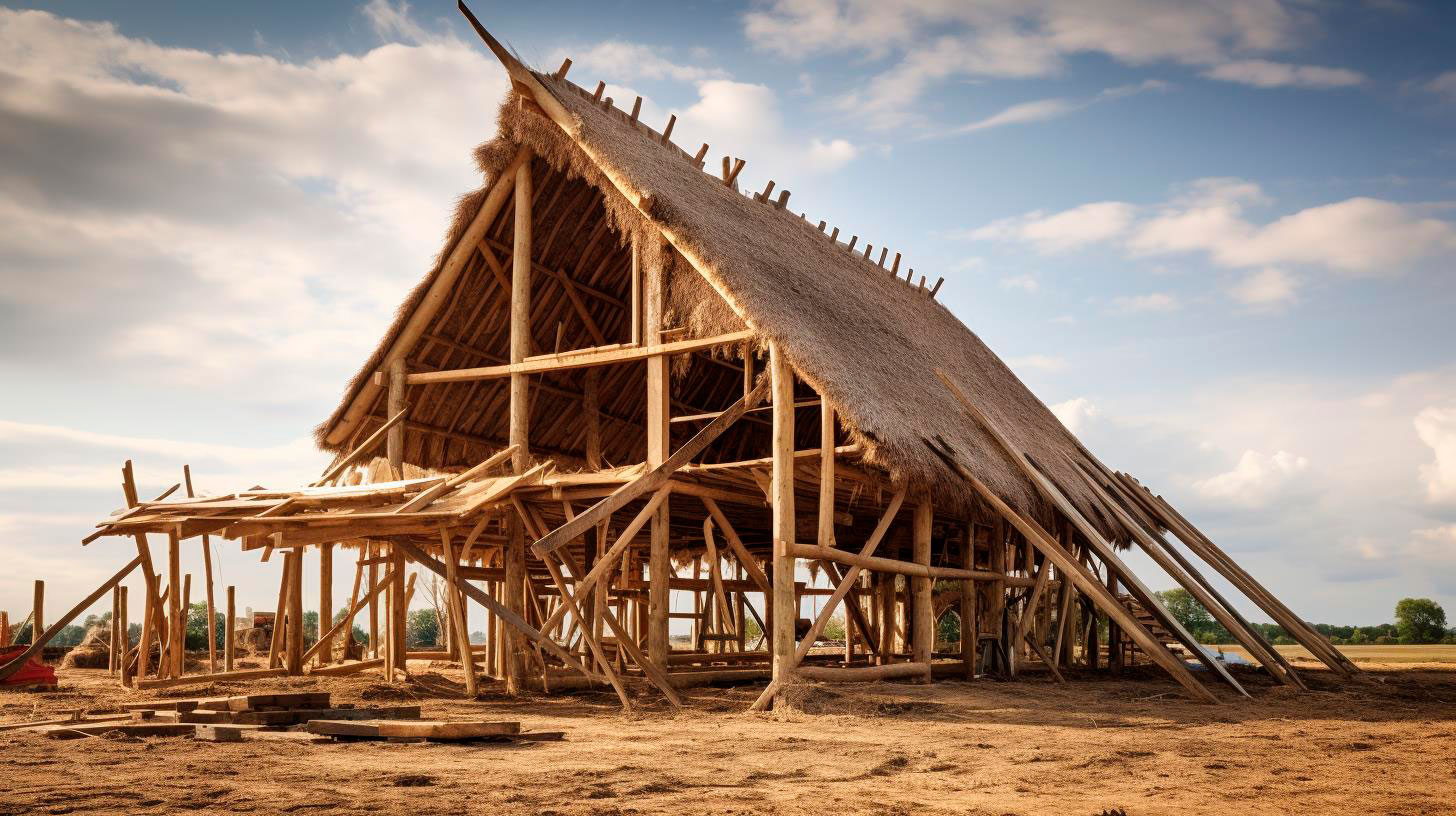
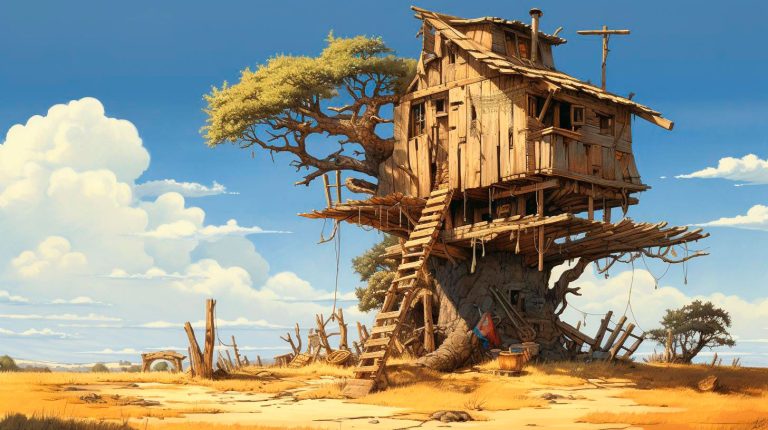

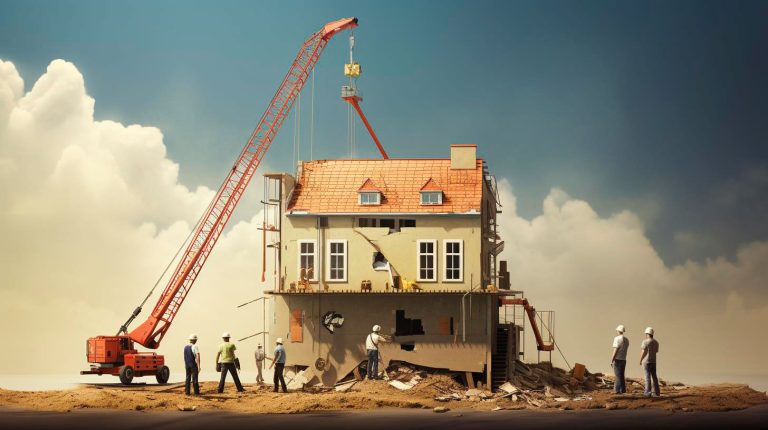
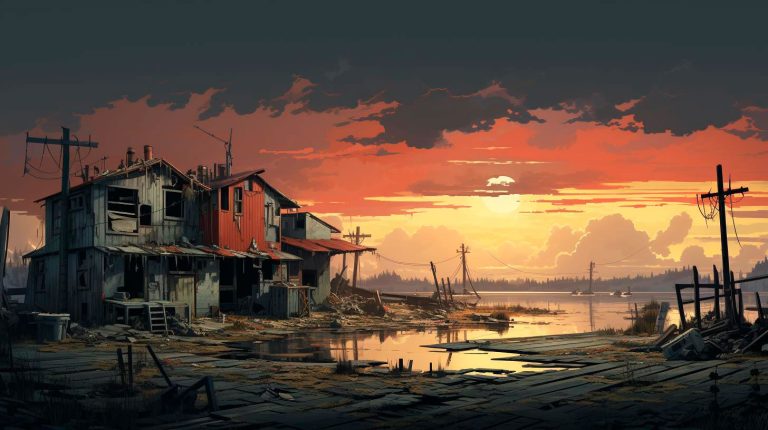
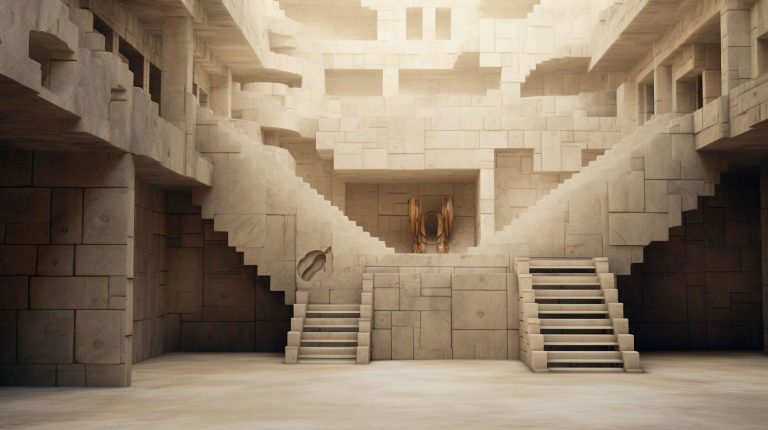


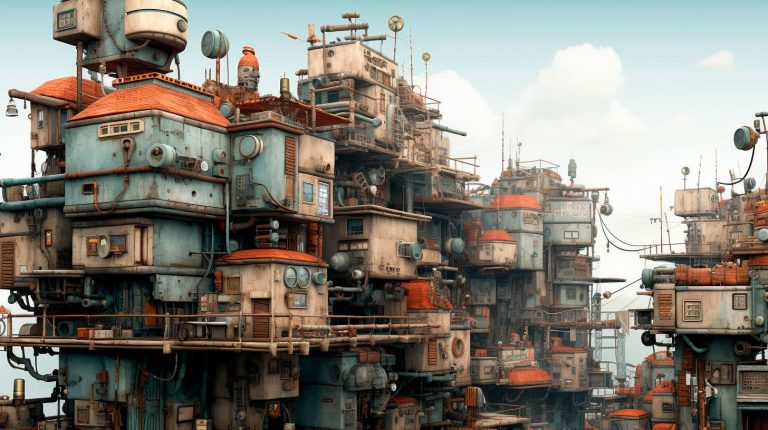



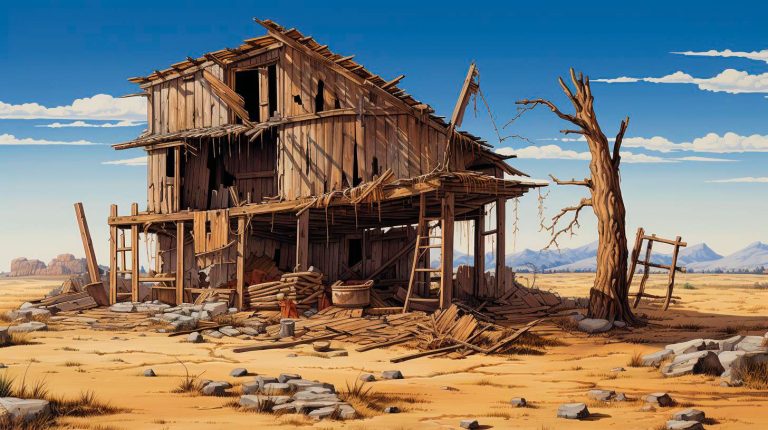







+ There are no comments
Add yours